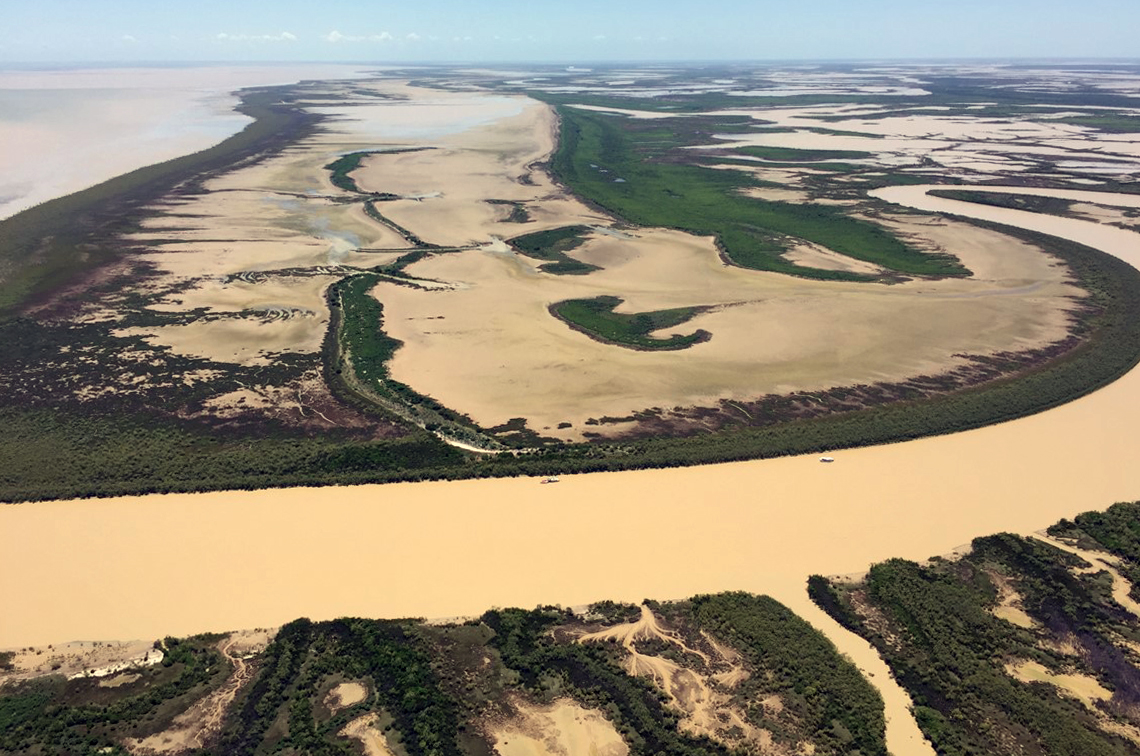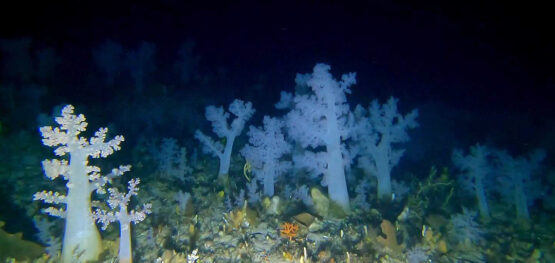Article
26 March 2025
A Marine and Coastal Hub report reveals critical insights into the environmental impacts of catchment development on northern Australia’s estuaries, coastal floodplains, and marine environments.

The report highlights that increased development, especially for irrigated agriculture, along with climate change, could pose significant risks to the region's unique ecosystems. Focus river systems include the Flinders (QLD), Gilbert (QLD), Daly, and Keep Rivers (NT).
Hydrological and satellite data spanning 20 years reveal that larger flood events and river flood plumes – large volumes of nutrient-rich freshwater that enter the sea during floods – are vital for coastal productivity. They support vital habitats and commercial fisheries.
“Maintaining environmental flows is essential to sustain northern Australia’s coastal productivity,” project leader Prof. Michele Burford of Griffith University said. “Our data highlights how river flow alterations could impact these ecosystems, particularly under future climate conditions.”
Another significant aspect of the report is the mapping of mangrove forests in the Gulf of Carpentaria. Multidecadal data showed that while mangrove density is not strongly linked to river flow, fluctuations in sea level and tropical cyclones are significant factors. These findings stress the need for thoughtful management to protect mangrove ecosystems amid climate variability.
The study also examined the role of nutrients on estuarine mudflats, finding that nutrient additions significantly increase primary productivity – a vital source of food for marine species – in a broader suite of northern Australian estuaries than previously thought. This points to the potential negative impact of water extraction on these ecosystems if nutrient input from rivers is reduced. Increased agricultural development and fertiliser use may also affect nutrient levels.
”Our findings underscore the critical need to manage catchment runoff to preserve northern Australia's unique marine environments. By understanding these interactions, we can plan more effectively for sustainable development,” Prof. Burford said.
With increasing pressure to develop northern catchments, especially for agriculture, this study offers insights to help policymakers balance development with environmental protection. Its findings will be instrumental in guiding sustainable practices that protect marine biodiversity and ensure resilience in the face of climate change.



